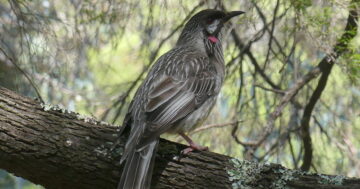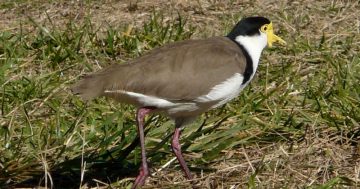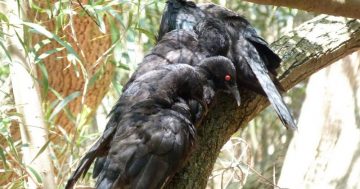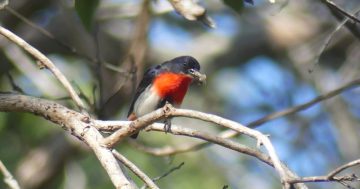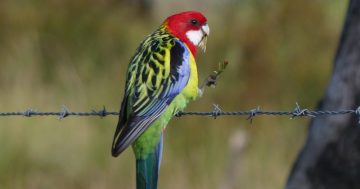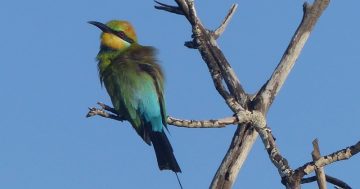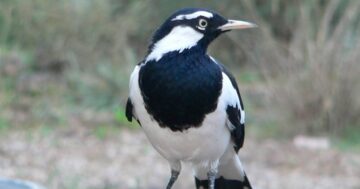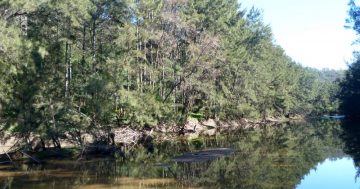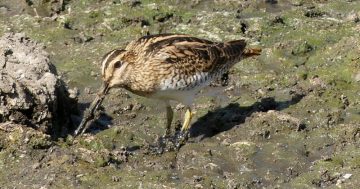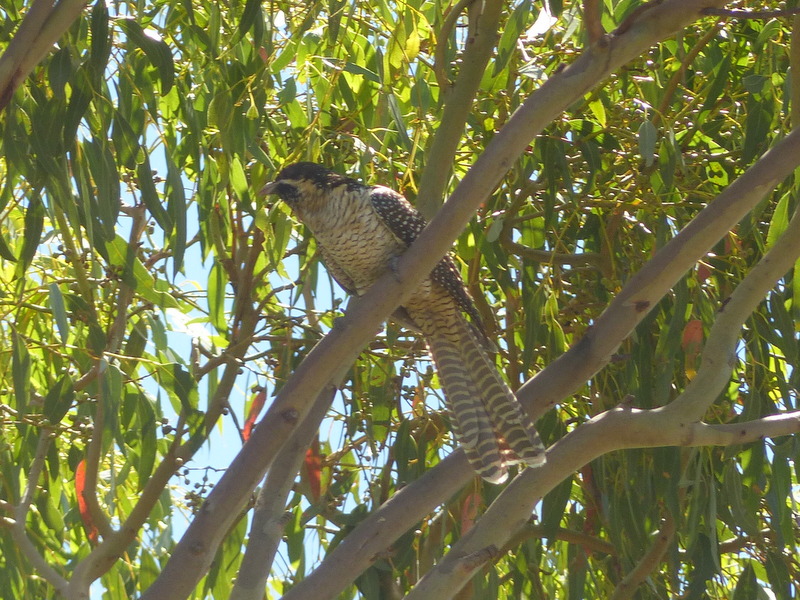
A female koel in Duffy. Photos: Ian Fraser.
This morning I heard my first koel of spring. For me the ringing clear ‘COO-eee’ or the manic ascending ‘whoopa whoopa whoopa whoopa!’ are welcome sounds, another clear statement that spring is here.
However, I’m aware that my pleasure in the arrival of this charismatic bird is far from universally shared by my fellow Canberrans.
For reasons not entirely clear to me, some people seem driven to distraction by their defiant anthem – admittedly koels do seem to have a pretty high boredom threshold and can go on a bit in the small hours. To my ears, though, it’s still far preferable to revving motors and car alarms but, of course, that’s just me.
Koels entered Canberra legend a few years back when a newly-elected member of the Assembly was persuaded by a few intolerant constituents to demand that the Environment Minister put on the record his plans “to eradicate or manage” this “imported pest”. Oops, the bird is very much a native and has migrated between its Australian breeding grounds to warm winter retreats in New Guinea and Indonesia for many tens of thousands of years.
In a sense, though, she was right in that these handsome big cuckoos are a relatively recent part of Canberra’s summer landscape – and especially its soundscape. Twenty or so years back only the occasional koel overshot its normal summer breeding range, on the coast to the north of here, and spent some unplanned time in Canberra.
In the last decade or so, however, they have rapidly become a regular and widespread visitor, laying their eggs in the nests of red wattlebirds and leaving them to raise their chicks – standard cuckoo behaviour.
But there’s a twist to the koel-wattlebird story, too. For much of the 20th century, there were no red wattlebirds in Sydney. They moved gradually north along the coast, perhaps influenced by the provision of orchards, though that’s just speculation.
When they got to Sydney in the 1970s they met koels for the first time. The koels had hitherto relied on noisy friarbirds, magpie-larks and figbirds as hosts for their chicks, all of which had developed some defences against them.

Koel chick being fed by a red wattlebird in Canberra.
However, the unfortunate red wattlebirds, with just the right-sized nest to appeal to the koels, hadn’t a clue what to do about it because they’d never needed to. While other hosts rejected at least some koel eggs, the wattlebirds still haven’t learnt to do so.
Koels are fruit eaters, so there are relatively limited opportunities for them on the tablelands, compared to the coast where rainforest pockets and the introduced camphor laurels provide good pickings. But Canberra, once they discovered it, was a bonanza of fruits (ornamental plums suit them well) and of course, a very healthy population of red wattlebirds to co-opt into raising their chicks.
But the question remains – why did they come here to start with?
The answer lies in our warming world, a story whose multiple implications we live with every day. They are just an obvious example of the numerous species around the world which are moving steadily towards the poles, and up mountains, as temperatures rise to make places hospitable which were previously too cool.
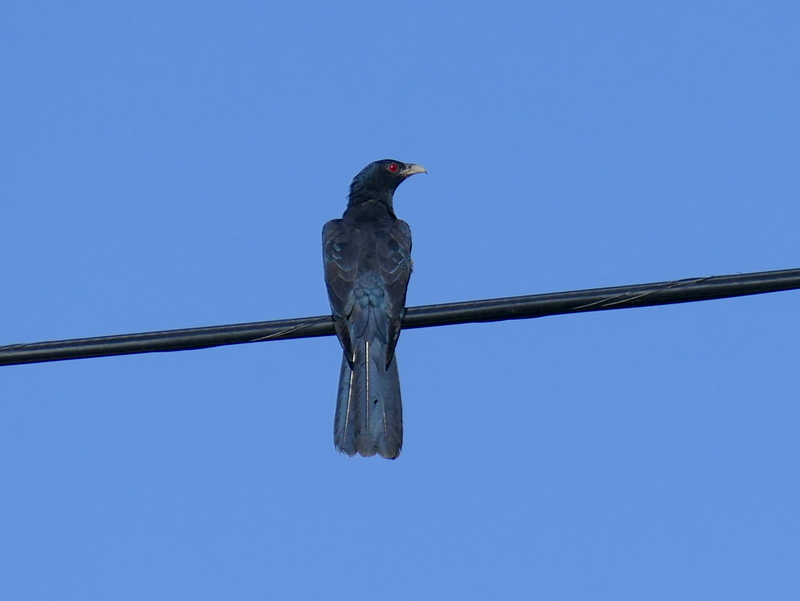
A male koel with glossy blue black plumage. Photo: Ian Fraser
You’re much more likely to hear koels than see them, though you can track them down with a bit of patience. They can be surprisingly hard to spot initially for such a big bird and their calls are so carrying that the singer is often considerably further away than you think. He is glossy blue-black with a long tail and staring red eyes; she is quite different, spotted above and barred below in soft browns and creamy-white with a black cap.
But whether, like me, you welcome these newcomers to Canberra, or would prefer car alarms to their riotous concerts, don’t forget that they’re only here because we, in altering the very climate of the earth, have made it possible for them to come.
Have you heard the koels calling in your neighbourhood?
Ian Fraser is a Canberra naturalist, conservationist and author. He has written on all aspects of natural history, advised the ACT government on biodiversity and published multiple guides to the region’s flora and fauna.











